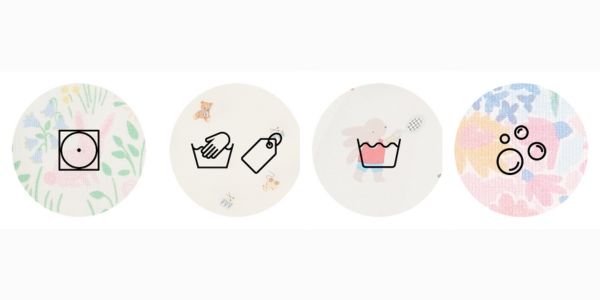On National Children's Day, We Discuss Children's Mental Health
Helpful tips on how to nurture and improve our children's welfare from a mental health counselor.

First established in the 1800s, National Children’s Day is celebrated every year on the second Sunday of June, and addresses the importance of children in society.
As a licensed mental health counselor, Stephanie Nandoo collaborates with parents and teachers to support children and the adults who care for them. She strongly believes in the healing power of relationships, and is fascinated by early childhood development, and is dedicated to the growth and wellbeing of young children and the advancement of social justice.
As parents, we always strive to improve our children's welfare, so we asked Stephanie what we can do to better support the mental health of our babies and kids.
Q: Why do we need mental health check-ins for our children?
A: Early childhood mental health is how children form relationships, express and experience emotions, and learn. The most brain building happens from birth to three years old, and healthy social emotional development lays the foundation for other types of learning and growth, like academic skills and independence skills. Regular mental health check-ins can help kids learn about and express their feelings, improve communication, and strengthen relationships.
Q: What does a mental health check in look like for babies and non-verbal children?
A: Babies and non-verbal children experience a wide range of emotions! They can be highly attuned to their caregivers’ feelings and moods, and often copy the facial expressions they see. When they experience big feelings, they need help to manage those feelings and return to calm, relying on grown ups for co-regulation.
Paying attention to facial, body, and vocal expressions can give us hints about what pre and non-verbal children might be feeling. A squeal could indicate excitement, turning away might mean displeasure, and throwing could be a sign of frustration.
Making faces with baby in a mirror and naming the feelings, reading age appropriate books about feelings, and having some cuddle time can help support social emotional development in babies and non verbal children.
Q: How can I ask my toddler (2 to 4 years) to express how they are feeling?
A: Toddlers and preschoolers are really exploring feelings right now! They may not have the language yet to express how they are feeling, so this is when we teach children how to use their words and how to calm their bodies. It’s helpful to name and validate the behaviors and cues that we see. For example, “I see your hands are balled up so tightly, are you feeling mad? I would feel angry too if someone knocked over all my blocks. Should we take some deep breaths together?” We can encourage this age group to explore and express feelings through books, art, movement, and all kinds of imaginative play (puppets, dollhouse, dress up, etc). Modeling how we express our feelings and what we do with them can be powerful for social emotional learning at this age.
Q: What does a mental health check in look like for kids between 4 and 8 years old?
A: This age group is rapidly building social emotional skills. They are practicing how to use their words, how to self-regulate, and how to navigate social situations. Kids this age are looking for reassurance and trust that they can talk about anything and validation for their feelings. We can ask children about how they are feeling with open ended questions like, how are they feeling in their bodies, what do they do with their friends, what’s something exciting that happened/looking forward to, is something making them scared/worrying them. Young children typically communicate best through play and we can learn so much about their mental health by playing with them!
Q: Any advice for parents with multiple children under the age of 8?
A: Taking care of more than one young child can be exhausting, yet delightful. Having predictable and consistent routines and rules can help families stay organized and reduce daily stress. Children feel safe when they know what to expect, both in terms of scheduling and behaviorally. Visual reminders, prompts, and checklists can be especially helpful for young children. Giving children choices and age appropriate responsibilities can empower them individually and decrease power struggles. Lastly, making time for child led play can boost relationships and communication between grown ups and children.
To learn more about Stephanie's background and her services, please visit https://www.nandoofamilycounseling.com/.













